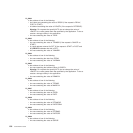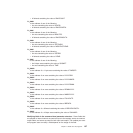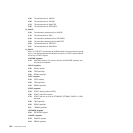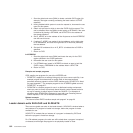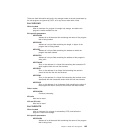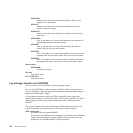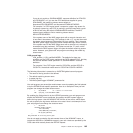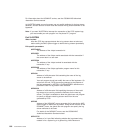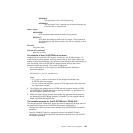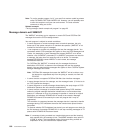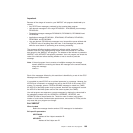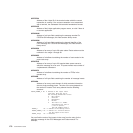UEPPROGL
Address of a 4-byte field containing the length, in bytes, of the
program that is being freed.
UEPLDPT
Address of a 4-byte field containing the address at which the
program resides in storage.
UEPENTRY
Address of a 4-byte field containing the address of the program’s
entry point.
UEPTRANID
Zero, or the address of a 4-byte field containing the transaction ID
which applied when the exit was invoked.
UEPUSER
Zero, or the address of an 8-byte field containing the userid in
control at the time the exit was invoked.
UEPTERM
Zero, or the address of a 4-byte field containing the terminal name
associated with the transaction under which the exit was invoked.
UEPPROG
Zero, or the address of an 8-character field containing the name of
the program that was in control at the time the exit was invoked.
Return codes
UERCNORM
Continue processing.
XPI calls
Must not be used.
API and SPI calls
Must not be used.
Log manager domain exit XLGSTRM
There is one exit point, XLGSTRM, in the log manager domain.
You can use XLGSTRM to modify a request to MVS to create a new log stream.
You can change the model log stream name and other parameters before they are
passed to the MVS system logger.
If a log stream connection request from CICS to the MVS system logger fails
because the log stream is not defined to MVS, CICS issues a request to the MVS
system logger to create the log stream dynamically, using a model log stream
definition.
The model log stream name that CICS passes to MVS depends on whether the
journal name refers to the system log or a CICS general log, as follows:
CICS system logs
&sysname.LSN_last_qualifier.MODEL
&sysname is the MVS symbol that resolves to the system name of the MVS
image. LSN_last_qualifier is the last qualifier of the log stream name as
specified on the JOURNALMODEL resource definition.
164 Customization Guide



